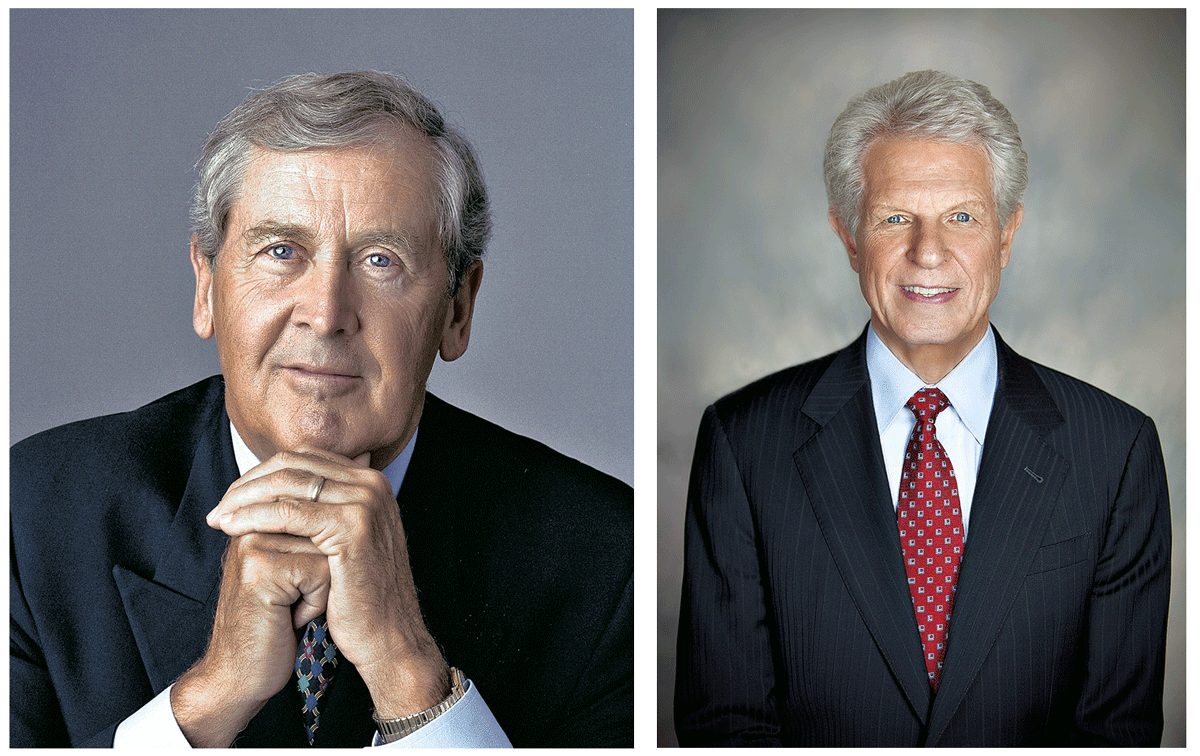Historically, the top three brands in a product category occupy market share in a ratio of 4:2:1. That is, the number one brand has twice the market share of number two, which has twice the market share of number three.
The success of a brand is not due to the high level of marketing acumen of the company itself, but rather, it is due to the fact that the company was first in the product category. Take Xerox, they launched the first plain-paper copier and were able to sustain its leadership position. However, time after time the company failed in other product categories in which it was not first.
Similarly, IBM failed when it tried to compete with Xerox in the copier market, and Coca-Cola failed in its effort to use Mr. Pibb to take on Dr. Pepper. These examples support the point that the success of a brand usually is due to its being first in the market rather than the marketing abilities of the company. The power of the company comes from the power of its brand, not the other way around.
With this point in mind, there are certain things that a market leader should do to maintain the leadership position. First, it should not boast about being number one. If a firm does so, then customers will think that the firm is insecure in its position if it must reinforce it by saying so.
If a firm was the first to introduce a product, then the advertising campaign should reinforce this fact. Coca-Cola’s “the real thing” does just that, and implies that other colas are just imitations.
Another strategy that a leader can follow to maintain its position is the multibrand strategy.
This strategy is to introduce multiple brands rather than changing existing ones that hold leadership positions. It often is easier and cheaper to introduce a new brand rather than change the positioning of an existing brand. I call this strategy a single-position strategy because each brand occupies a single, unchanging position in the mind of the consumer.
Finally, change is inevitable and a leader must be willing to embrace change rather than resist it. When new technology opens the possibility of a new market that may threaten the existing one, a successful firm should consider entering the new market so that it will have the first-mover advantage in it. For example, in the past century the New York Central Railroad lost its leadership as air travel became possible. The company might have been able to maintain its leadership position had it used its resources to form an airline division.
Sometimes it is necessary to adopt a broader name in order to adapt to change. For example, Haloid changed its name to Haloid Xerox and later to simply Xerox. This is a typical pattern of changing Name 1 to an expanded Name 1 – Name 2, and later to just Name 2.
The Blake Project Can Help: The Brand Positioning Workshop
Branding Strategy Insider is a service of The Blake Project: A strategic brand consultancy specializing in Brand Research, Brand Strategy, Brand Licensing and Brand Education




